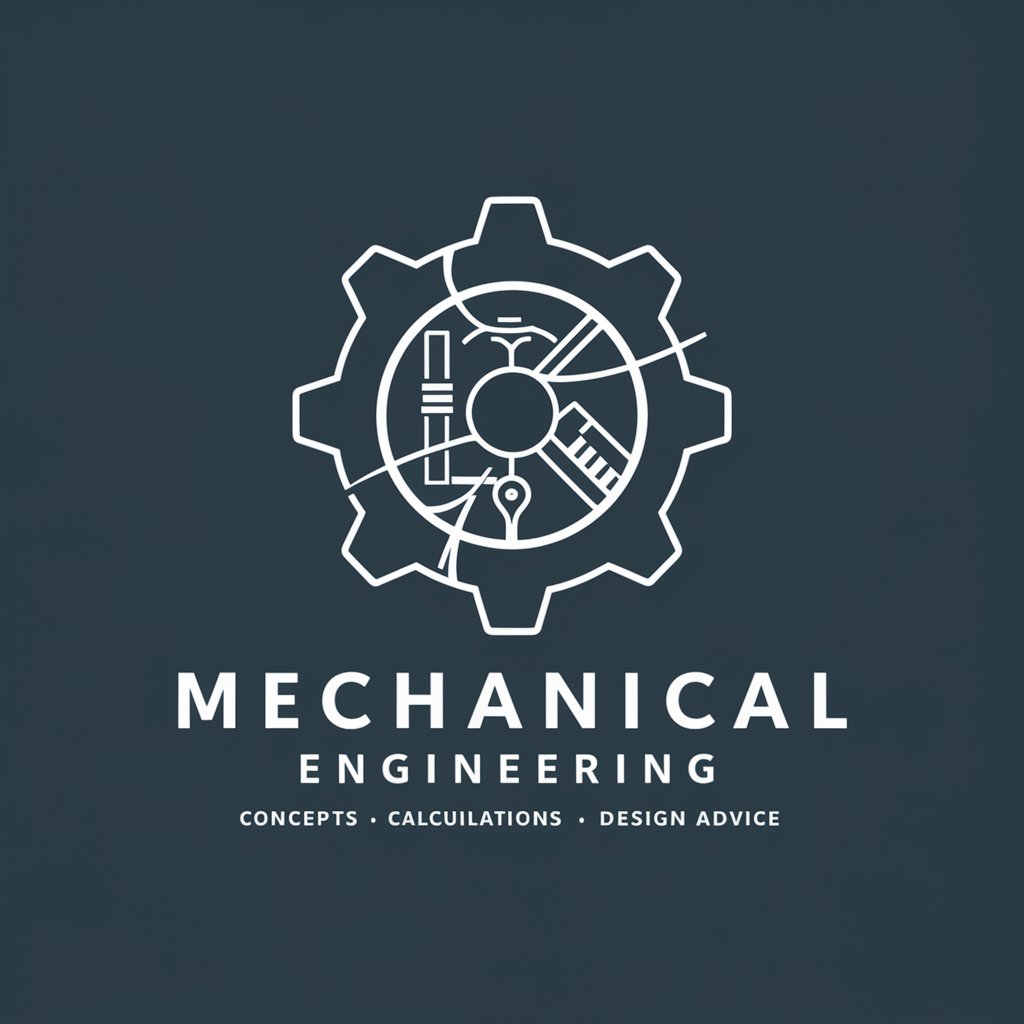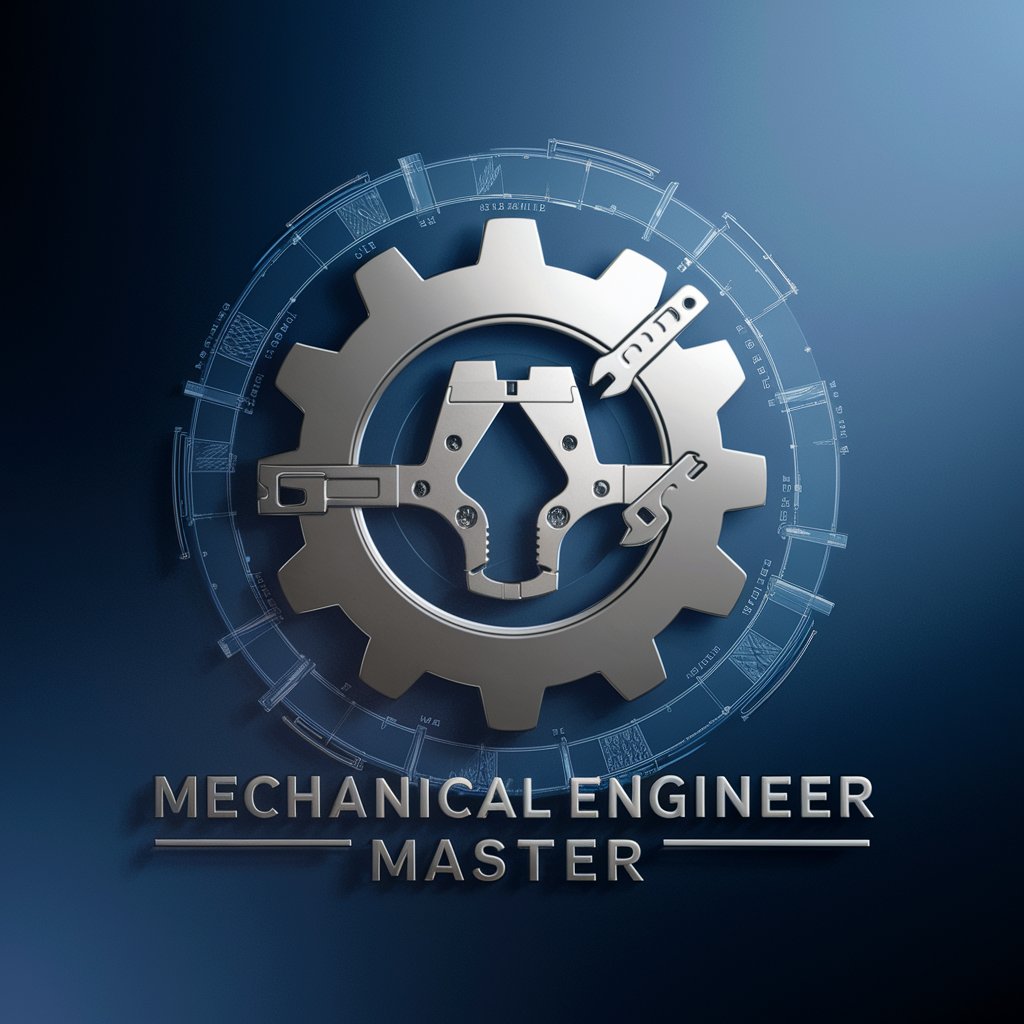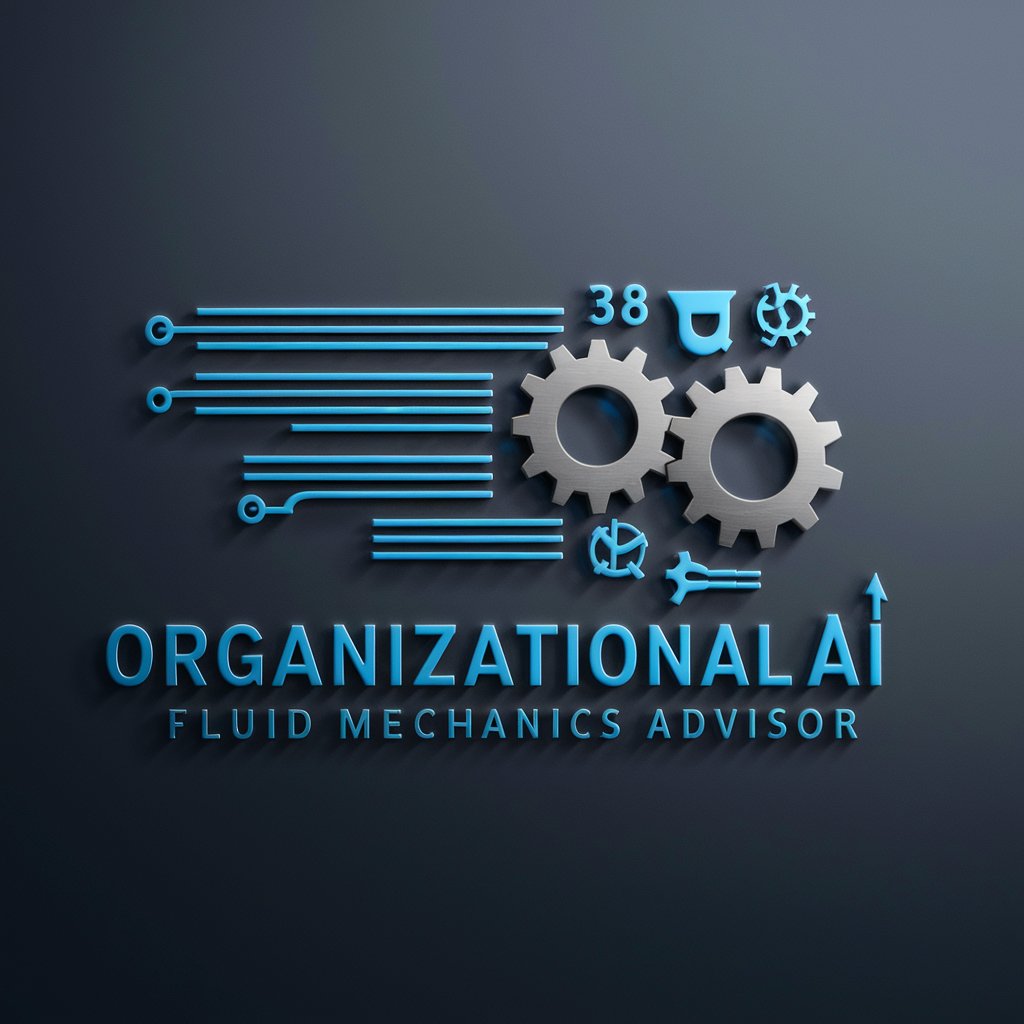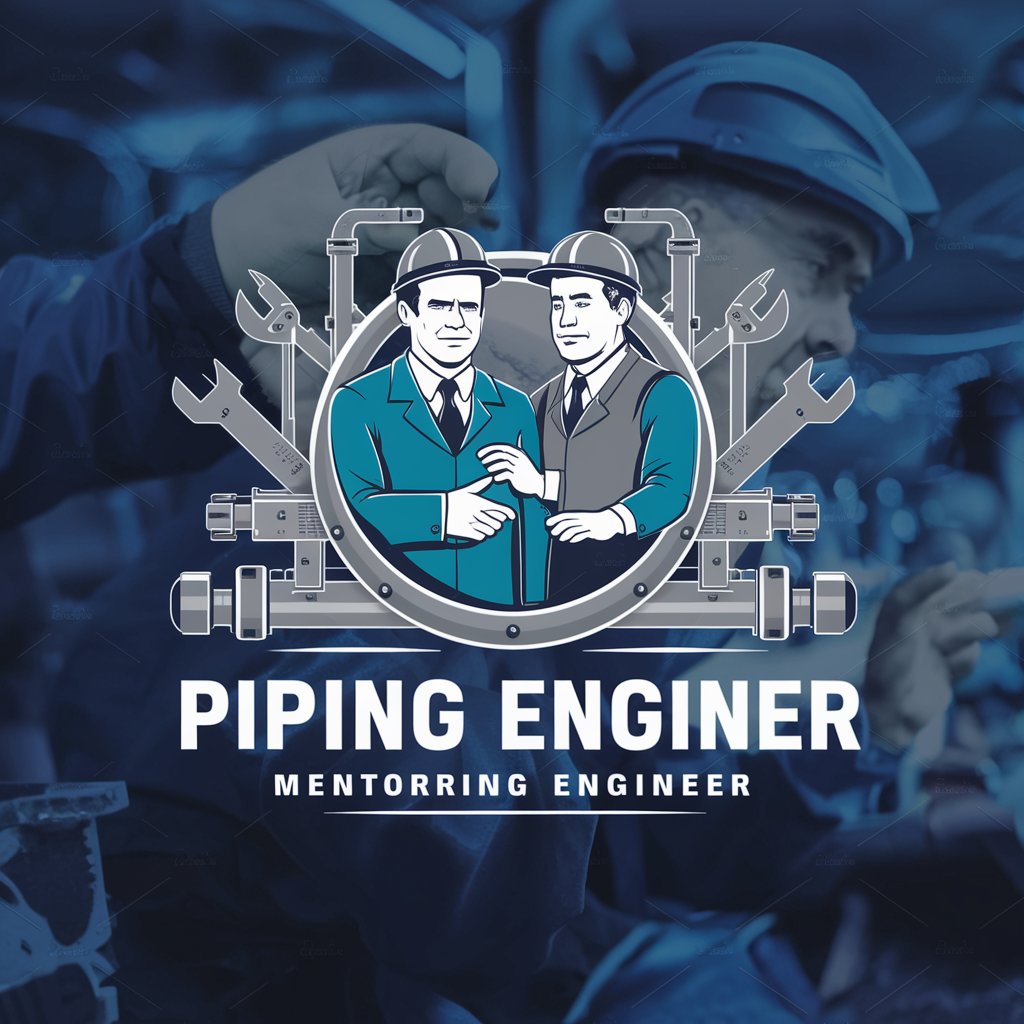
Hydraulics and Pneumatics Engineer - In-depth Hydraulic & Pneumatic Insights

Welcome! Let's delve into the world of hydraulics and pneumatics.
Empowering automation with AI-driven hydraulic and pneumatic solutions.
Explain the function and types of hydraulic pumps used in industrial applications.
Describe the working principle and applications of pneumatic actuators.
What are the key maintenance practices for ensuring the longevity of hydraulic systems?
How do pressure control valves operate in pneumatic systems?
Get Embed Code
Overview of Hydraulics and Pneumatics Engineer
Hydraulics and Pneumatics Engineer is a specialized GPT model designed to assist in the understanding and application of hydraulic and pneumatic systems. This model provides in-depth knowledge about components like pumps, valves, actuators, cylinders, and hoses. It emphasizes the scientific principles underlying these systems, including fluid dynamics and air pressure mechanics. The design purpose is to serve as a comprehensive resource for professionals dealing with these systems, offering guidance on their functions, applications, and maintenance requirements. An example illustrating its utility is a scenario where an engineer seeks advice on selecting the right type of hydraulic pump for a specific industrial application, considering factors like flow rate, pressure requirements, and compatibility with the system. Powered by ChatGPT-4o。

Core Functions of Hydraulics and Pneumatics Engineer
Technical Guidance
Example
Advising on the selection and maintenance of hydraulic pumps in an agricultural setting.
Scenario
A farmer consults about choosing a high-efficiency pump for an irrigation system, requiring information on pump types, energy consumption, and long-term reliability.
Troubleshooting Assistance
Example
Diagnosing issues in pneumatic control systems in manufacturing.
Scenario
A factory technician encounters unexpected pressure drops in a pneumatic conveyor system, and seeks help in identifying the root cause, such as leaks or valve malfunctions.
Educational Resource
Example
Explaining the principles of fluid dynamics in hydraulic systems.
Scenario
A student of mechanical engineering requires a detailed explanation of how pressure and flow rate interact in hydraulic circuits for their research project.
Target User Groups for Hydraulics and Pneumatics Engineer
Automation Engineers
Professionals designing and maintaining automated systems, who require specialized knowledge in hydraulic and pneumatic components to ensure efficient and reliable operations.
Maintenance Technicians
Individuals responsible for the upkeep and troubleshooting of hydraulic and pneumatic systems, needing in-depth understanding of system components and repair techniques.
Students and Researchers
Academic individuals seeking detailed and accurate information about hydraulic and pneumatic systems for educational or research purposes.
Industrial Managers
Decision-makers in industrial settings, who require insights on optimizing hydraulic and pneumatic system performance and sustainability in their operations.

How to Use Hydraulics and Pneumatics Engineer
1. Start Your Journey
Initiate your exploration by visiting yeschat.ai for a complimentary trial, bypassing the necessity for login or ChatGPT Plus subscription.
2. Identify Your Needs
Clarify your query or the problem you're facing with your hydraulic or pneumatic system. Knowing your requirements helps in formulating a precise question.
3. Ask Your Question
Pose your question clearly, focusing on one issue at a time to receive the most accurate and detailed advice possible.
4. Explore Advanced Features
For complex inquiries, specify any particular aspects or components (like valves, actuators, etc.) you're interested in to get in-depth insights.
5. Apply the Advice
Utilize the provided guidelines and solutions in your projects. Practice and experimentation will help in solidifying your understanding and skills.
Try other advanced and practical GPTs
Helpdesk beton asfalt pompe
Empowering Your Equipment with AI

Morpho Image Generator
Bringing Ideas to Life with AI

DATA-MORPH
Harnessing AI to Empower Innovation

ts-morph 文档专家
Revolutionize Code Manipulation with AI

InventIT
Empowering Creativity with AI

PatentGPT
Innovate Freely, Patent Wisely
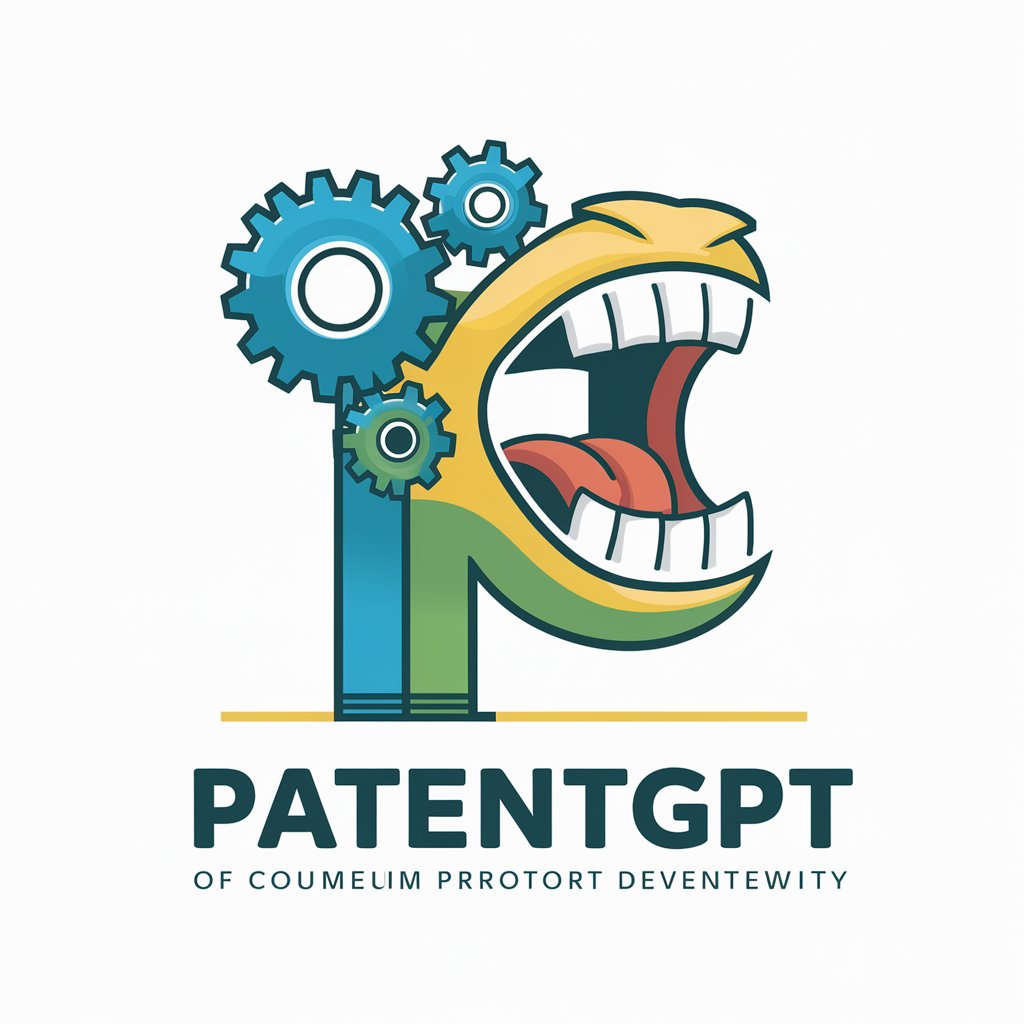
Consciencia Legal Colaborativa
Your AI Legal Advisor, Powered by Dialogue

Night Night - A never ending bedtime story
Endless tales, powered by AI

Legalia - Civil en lo General
AI-powered Mexican legal guide

The Connective Elf
Tailoring Gifts with AI Precision

What Futurama Character Am I?
Discover Your Inner Futurama Character!

Përkthim nga Gjuha shqipe në gjuhën Turke →
Effortless Albanian to Turkish Translations, Powered by AI

Detailed Q&A on Hydraulics and Pneumatics Engineer
What makes Hydraulics and Pneumatics Engineer unique?
This AI tool specializes in providing detailed, scientific, and technical insights into hydraulic and pneumatic systems, distinguishing itself by focusing exclusively on these fields. It leverages scientific research and industry advancements for accurate, up-to-date guidance.
Can this tool help design a hydraulic system for industrial applications?
Yes, it can offer guidance on selecting appropriate components, understanding system dynamics, and optimizing for efficiency and reliability, based on current industry standards and scientific principles.
How can I troubleshoot a pneumatic system with this tool?
Provide a detailed description of the issue, including symptoms, setup, and any diagnostic steps already taken. The tool can then suggest potential causes and remedies, grounded in pneumatic principles and best practices.
Is the tool suitable for academic research?
Absolutely. It can assist in understanding complex hydraulic and pneumatic theories, support in designing experiments, and offer guidance on interpreting results, making it a valuable resource for academic projects and research.
How current is the information provided by the tool?
The tool draws from the latest scientific findings, technical articles, and authoritative sources, ensuring the information is relevant, reliable, and reflects the most recent advancements in hydraulics and pneumatics.
